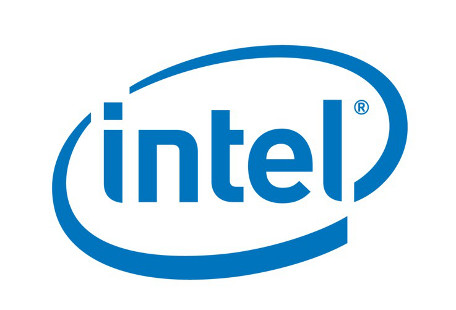25 February 2003 Linux creator Linus Torvalds has criticised Intel for not making its 64-bit Itanium microprocessor backwards compatible and trying to make a ‘technically pure’ chip that ultimately under performs compared to Intel’s standard 32-bit microprocessors.
“[Intel] threw out all the good parts of the x86 [32-bit Pentium-class microprocessors] because people thought those parts were ugly. They aren’t ugly, they’re the “charming oddity” that makes it do well,” wrote Torvalds.
Torvalds’ comments were made in a debate in a Linux newsgroup.
He likened Intel’s development of the Itanium to the development of reduced instruction set computer (RISC) microprocessors in the mid-1980s. Then, chip designers had tried to build a chip that conformed entirely to RISC principles, but found that it did not perform as well as expected in the real world.
Ultimately, a 1.5 gigahertz (GHz) Itanium microprocessor can only compete with a 1.5GHz Pentium 4 in terms of raw performance because it is given such a large cache. But Pentium 4s can now run at more than 3GHz. “Itanium 2 doesn’t hold a candle to a P4 on any real-world benchmarks,” claimed Torvalds.
One of the only advantages of the Itanium 2 is its ability to handle large databases, says Torvalds. However, for most everyday functions, the Itanium is lacking.
“IA-64 [the Itanium instruction set] simply CANNOT DO the things a Pentium 4 does every single day. You can’t put an IA-64 in a reasonable desktop machine, partly because of pricing, but partly because it would just suck so horribly at things people expect not to suck (games spring to mind),” Torvalds concludes.
Torvalds is a senior technologist at low power, Intel-clone semiconductor designer Transmeta.






